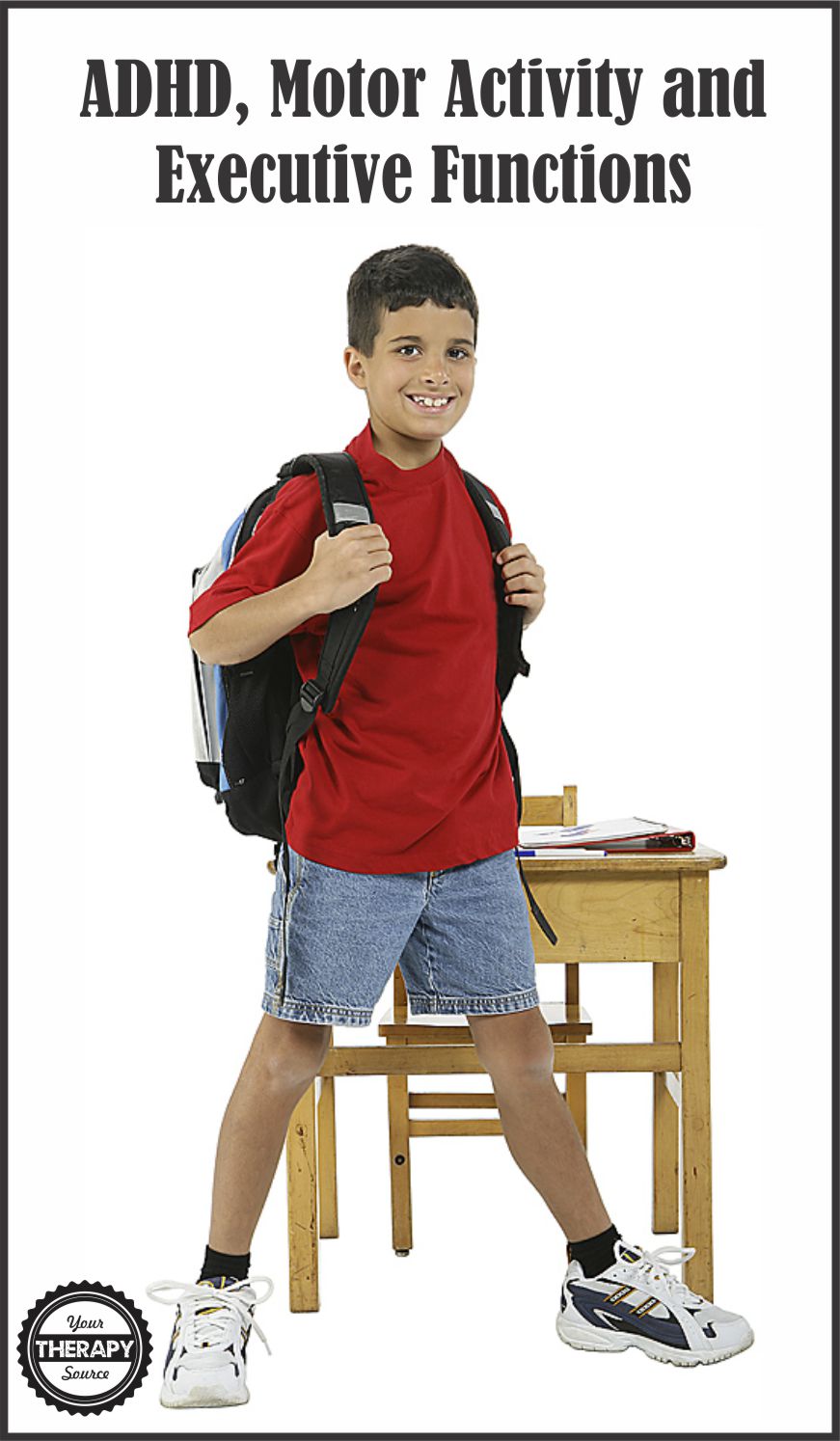Self Regulation, Cognitive Abilities and Motor Disabilities
Research in Developmental Disabilities published research on secondary and post-secondary student with congenital motor disabilities. By examining a task of throwing a ball at a target, data was collected on self-regulatory aspects (i.e., goal-setting, self-efficacy and self-evaluation). Participants were divided into four subgroups: 1.) normal cognitive development and mild physical disabilities 2.)normal cognitive development and […]










